Facial Contouring Surgery
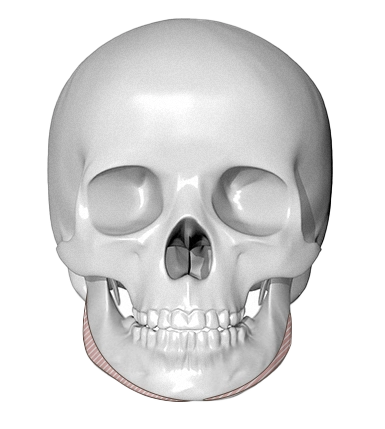
before
Square Jaw Face Shape
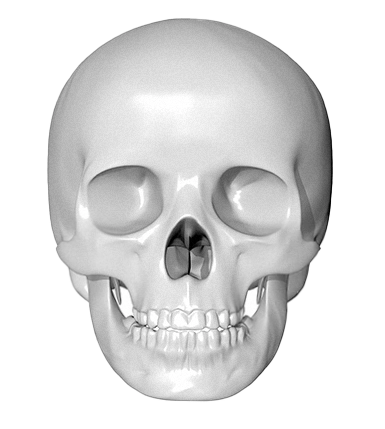
after
V-shaped Face
Square Jaw Reduction
A square jaw refers to a condition where the lower jawbone is large
and wide, causing the face to appear square-shaped.
Especially due to the angular bones near the jawline,
the face may appear larger than it actually is.
In such cases, square jaw reduction surgery can make the face appear
smaller while enhancing its three-dimensional contours,
creating a natural facial shape that harmonizes with the features
and achieves a balanced look.
Slimmer
face
Natural-looking
face
Three-dimensional
face
345 Youtube
Watch the video on
Square Jaw Reduction
Square Jaw Reduction Surgery Techniques and Precautions Explained by Facial Contouring Expert Dr. Jongrim Park
345 Youtube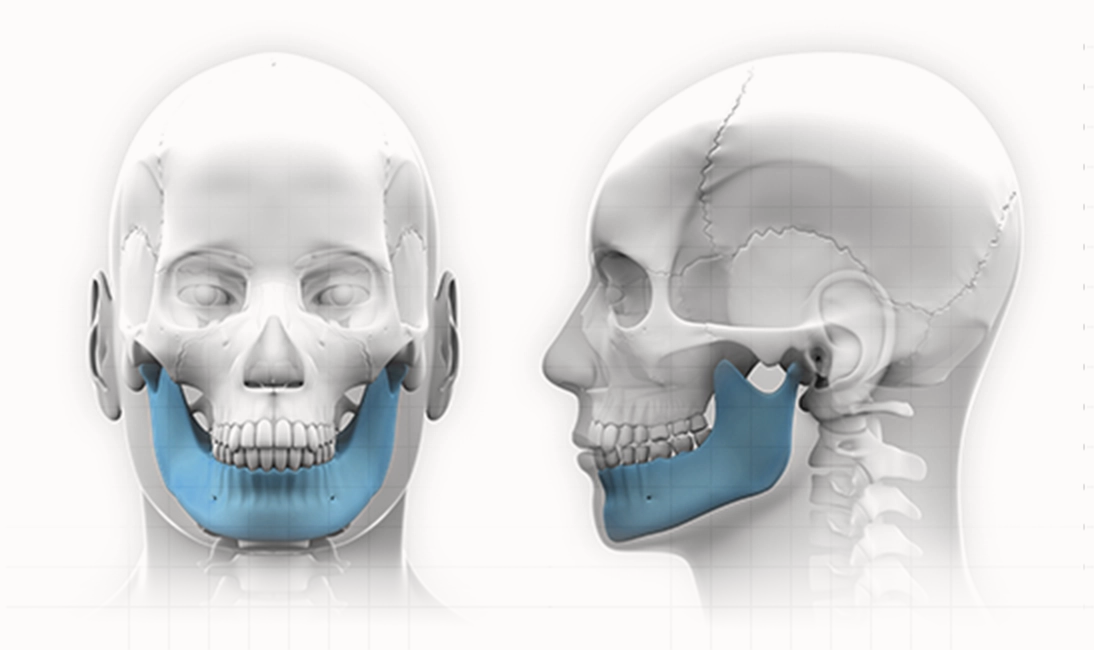
Precise Jawbone Diagnosis
We use 3D facial analysis to accurately assess the facial structure and jawbone, then design accordingly.
First, Precise Customized Diagnosis
We conduct a detailed facial structure diagnosis using 3D facial analysis.
Second, Design Tailored to the Desired Aesthetic
Through extensive consultations and expert discussions, we design a facial line that suits the desired atmosphere.
Third, Natural Golden Ratio
We create a three-dimensional golden ratio that looks natural from all angles, ensuring a harmonious and balanced result.
Custom design to fit your face
Custom Design Tailored to Your Face
a custom design that matches your facial proportions and desired aesthetic.
Before proceeding with surgery, we ensure clear
communication with our patients through precise design planning.
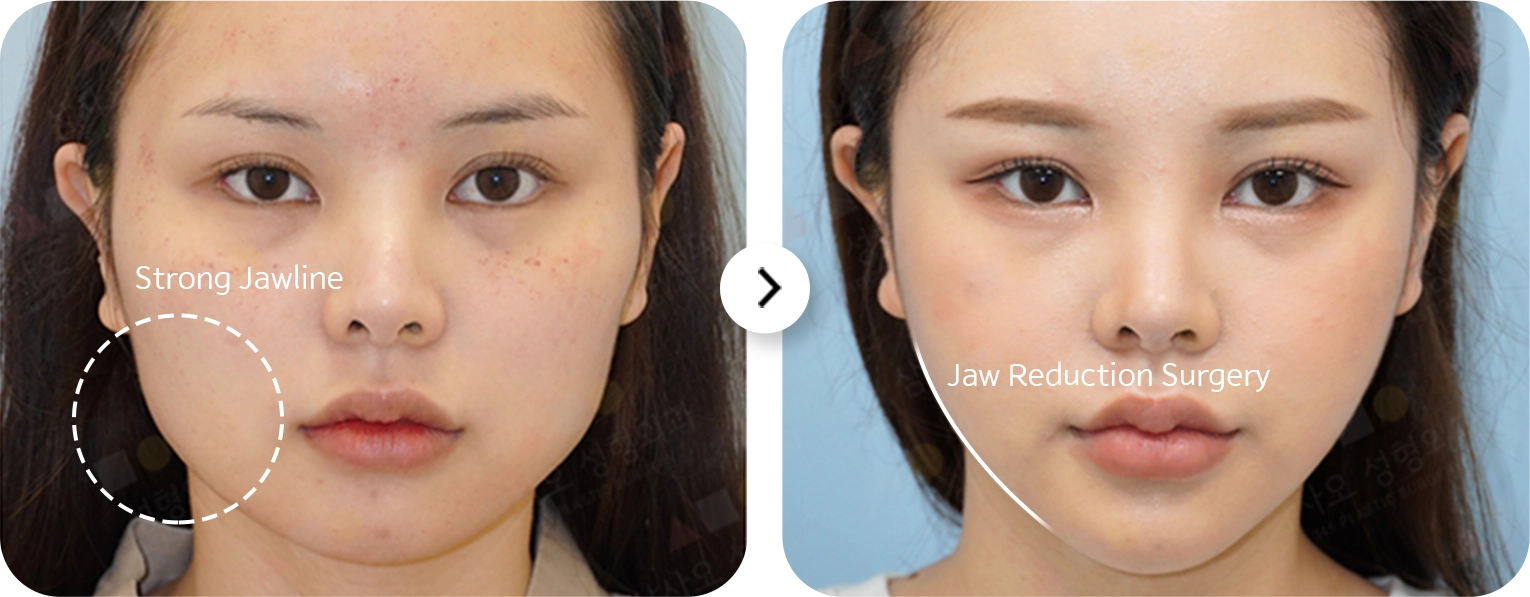
Before and After Photos of
Square Jaw Reduction
Surgical Areas
Facial Contouring (Front Jaw, Square Jaw, Bone Grafting, Cortical Bone, Masseter Reduction, Buccal Fat Removal)
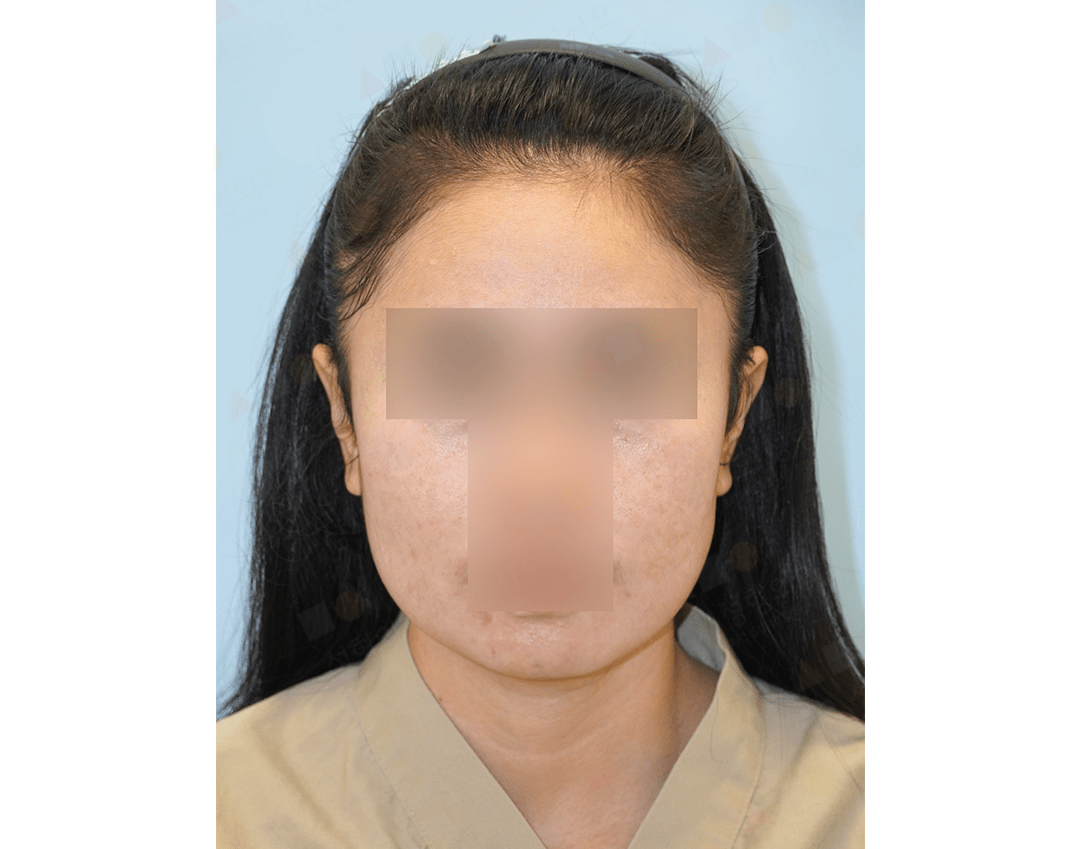
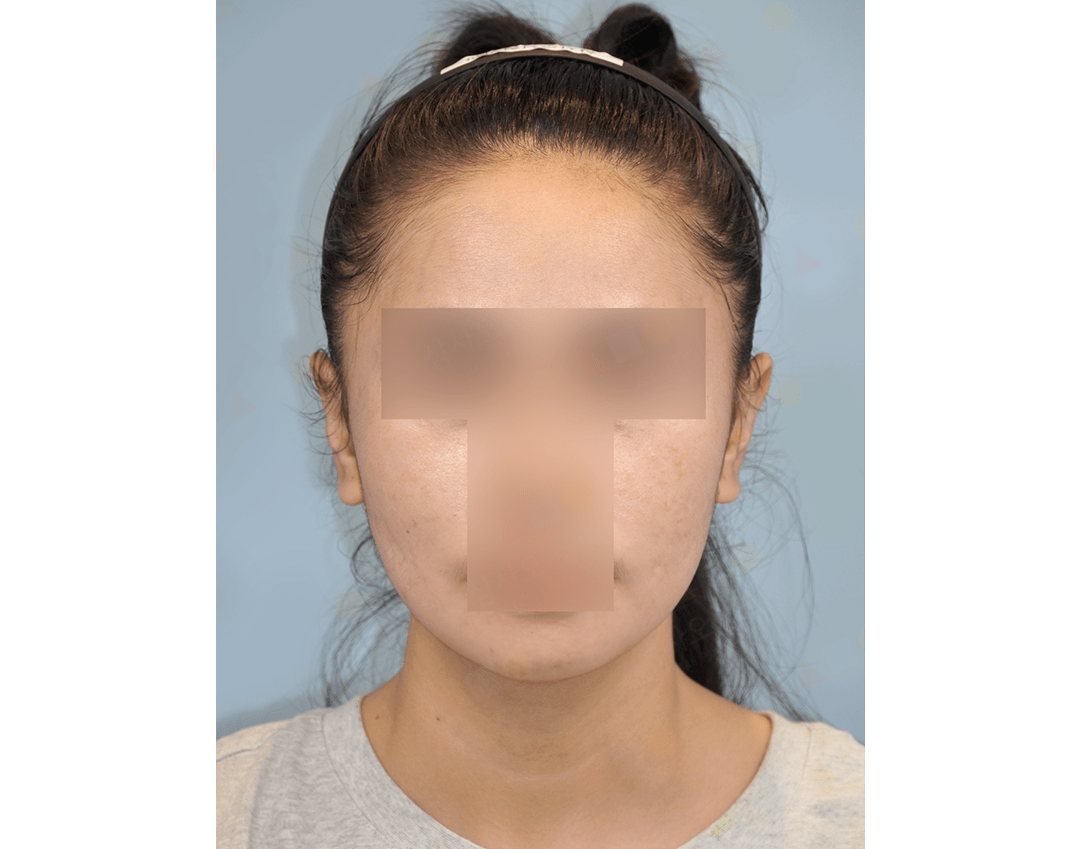
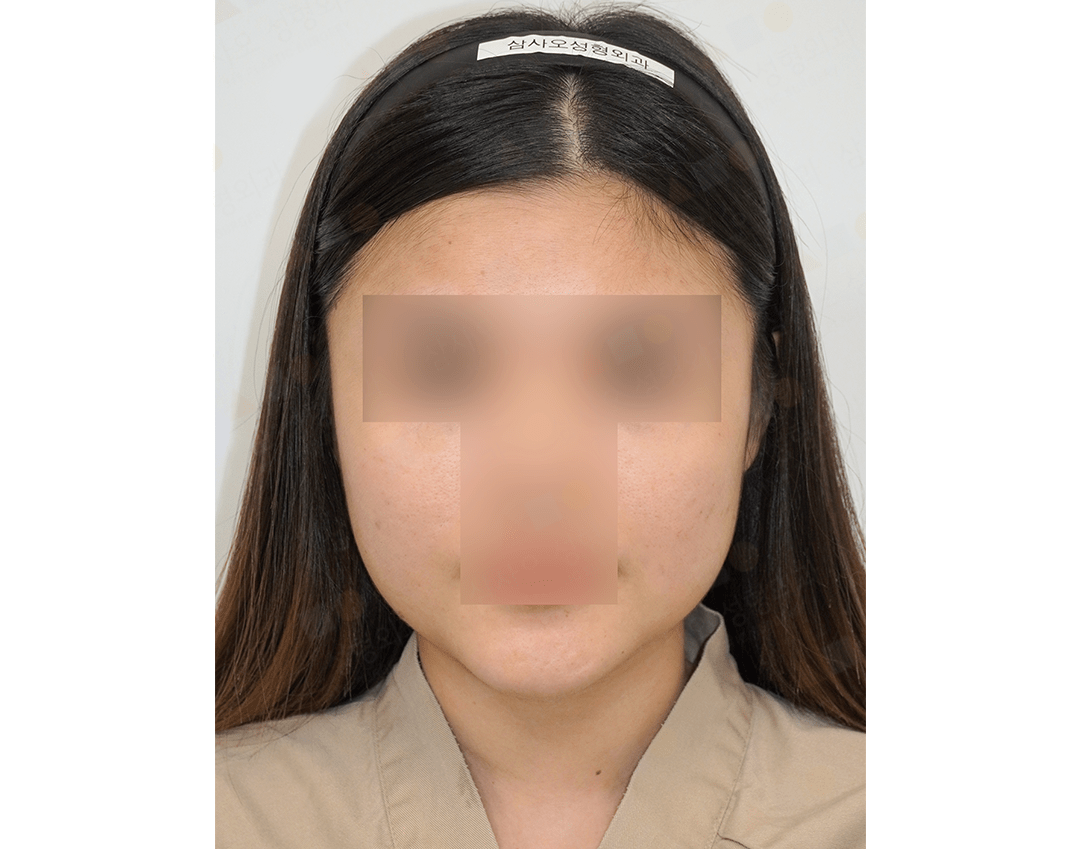
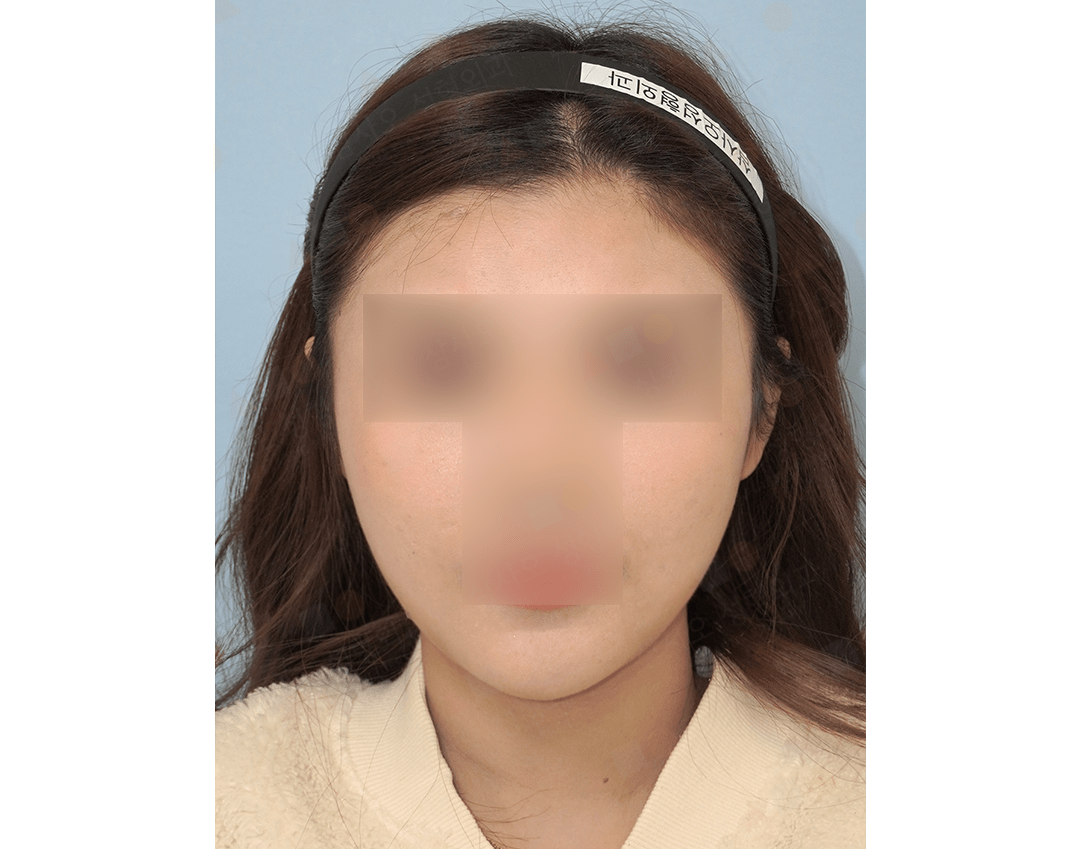

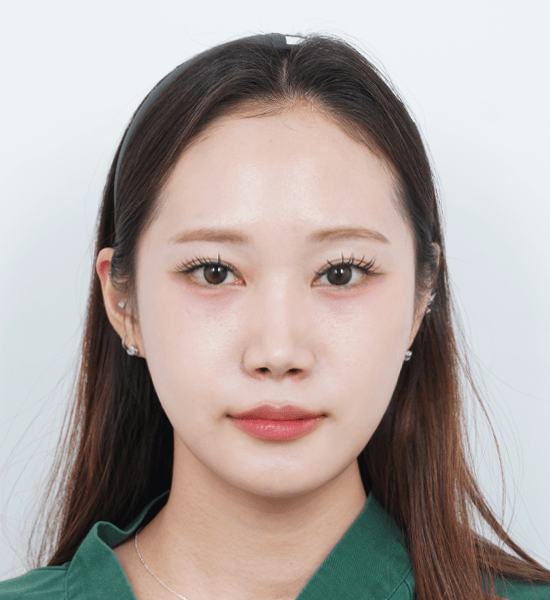






Making perfect jaw line for you
The square jaw surgery at 345 plastic surgery is not an aggressive reduction surgery, but rather a procedure that preserves an appropriate amount of bone.
Aggressively reducing the square jaw does not always result in the best outcome. It is essential to minimize unnecessary removal of bone and perform a customized design that considers facial proportions. The surgery should be done safely, ensuring that the ideal, slim, and three-dimensional jawline is visible from all angles, creating an individualized, balanced appearance.
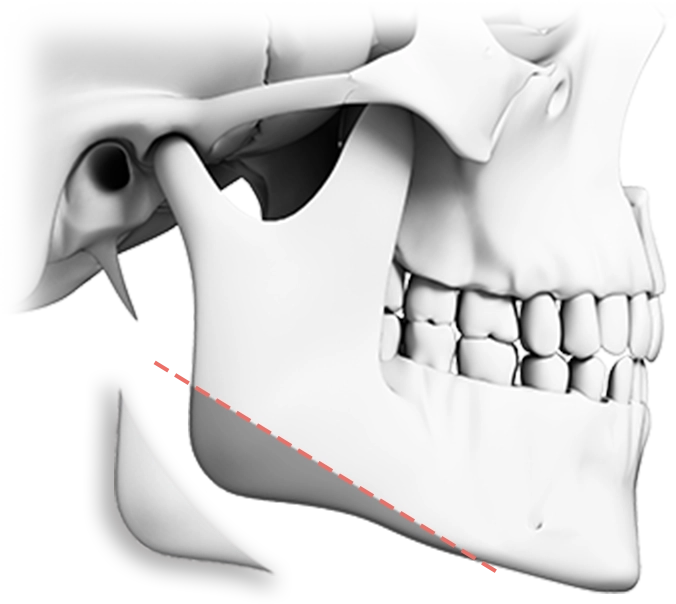
STEP 01
Long-Curve Jaw Reduction
A single curved-line osteotomy from below the ears to the chin creates a long, smooth jawline without additional bone cutting.
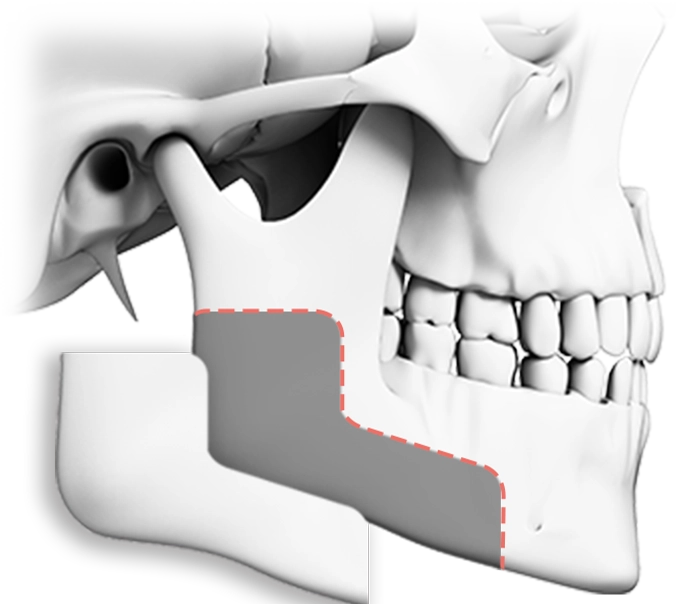
STEP 02
Cortical Bone Shaving
Removes the outermost layer of the jawbone (cortical bone) to achieve a slimmer facial contour.
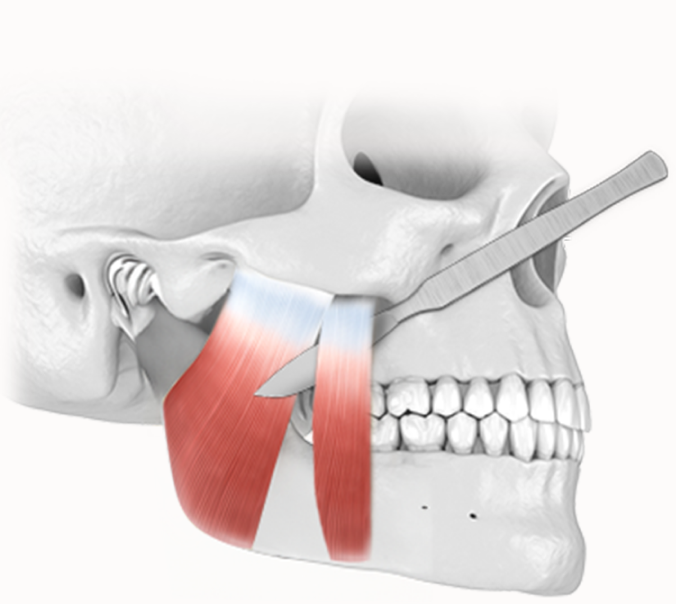
STEP 03
Masseter Muscle Reduction
Partially reduces the masseter muscle, which is responsible for chewing, to make the face appear slimmer.
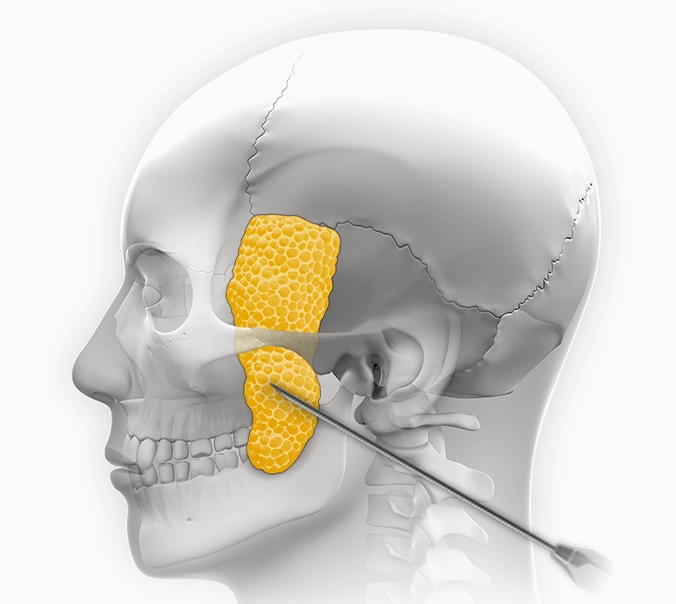
STEP 04
Buccal Fat Pad Removal
Removes deep cheek fat (buccal fat pad) to further slim the lower face.
Square Jaw Reduction Aftercare program
Comprehensive Aftercare for
Square Jaw Reduction Surgery
We help patients recover smoothly and reduce scars, swelling, and bruising through advanced equipment.
surgery and reduces swelling
and bruising.
the skin cells to promote
soothing and regeneration.
skin cells, enhancing regenerative
ability and supporting faster
recovery after surgery.
to help you continue your recovery
process comfortably.
Square Jaw Reduction Surgery Info
Quick Overview of
Square Jaw Reduction Surgery
Through delicate and precise osteotomy and excision techniques, square jaw surgery creates a natural and refined jawline.

Surgery Time
1 hour to 1 hour and 30 minutes.

Anesthesia Method
General Anesthesia
Hospitalization
1 day
In-Clinic Treatment
1 visit
(2 weeks after stitch removal)
Recovery Period
Daily activities can be resumed after 2-3 days.
Recommended target
Recommended for
these individuals
Are you concerned about surgery?
Feel free to inquire!
01
First, a slim face
For those who want a slim V-line face.
02
Second, square jaw development
For those with a developed square jaw who want to slim it down.
03
Third, improving facial gaps
For those concerned about having a wide facial gap.
04
Fourth, improving facial shape
For those who want to improve the side and front facial lines.
Frequently Asked Questions
About Facial Contouring
When can the screws be removed after facial contouring surgery?
There is no fixed rule for removing the screws. However, after a long period post-surgery, bone may cover the screws or plates, making removal more difficult. It is best to remove the screws (plates) after the bone has fully healed, before any bone buildup or secondary changes occur. While removal is possible starting from 6 months post surgery, our clinic typically recommend waiting around 1 year post surgery for screw removal.
Will cheek sagging always occur after cheekbone reduction surgery?
Generally, when undergoing bone surgery, the reduction in bone structure causes the surrounding tissue to shrink accordingly. The time (recovery period) and degree of this shrinkage can vary depending on the individual. If a significant amount of bone is removed due to highly developed cheekbones, or if there is already sagging skin, the outcome may differ. However, it cannot be said that cheek sagging will definitely occur just from cheekbone reduction surgery.
During consultations, it is possible to predict the extent of sagging, and it is advisable to plan the surgery based on the current condition. At our clinic, if sagging is expected, we often combine the surgery with a lifting procedure, referred to as “Cheek Lifting,” (Zygoma) to address this concern.
Can I undergo orthodontic treatment after facial contouring surgery?
Orthodontic treatment can generally begin about 1 month after facial contouring surgery without any issues. During the first month post-surgery, you are in the recovery phase, and actions like opening your mouth or chewing may be uncomfortable and different from before the surgery, so caution is necessary.
Additionally, surgeries such as cortical bone removal or masseter muscle reduction may be performed simultaneously, causing the surgical areas to become tightly healed. As a result, opening the mouth may not feel as natural. If you are considering orthodontics, it’s recommended to first go through the recovery process for about a month. Since recovery times vary among individuals, it’s important to consult with an orthodontist to determine if you can proceed with treatment based on your current condition.
Why is there a loss of sensation after cheekbone surgery?
There is one important nerve to be cautious of during cheekbone surgery—the infraorbital nerve, which is responsible for sensation in the front cheekbones, lips, and gums. Depending on the dissection area, the nerve may be slightly stretched, which can lead to a temporary decrease in sensation in the affected area.
However, as long as the nerve is not cut or severely damaged during the surgery, sensation will gradually return over time, so there is no need to worry.